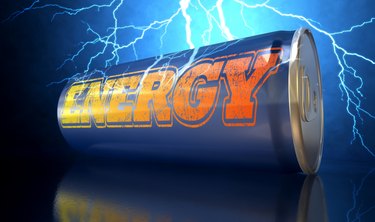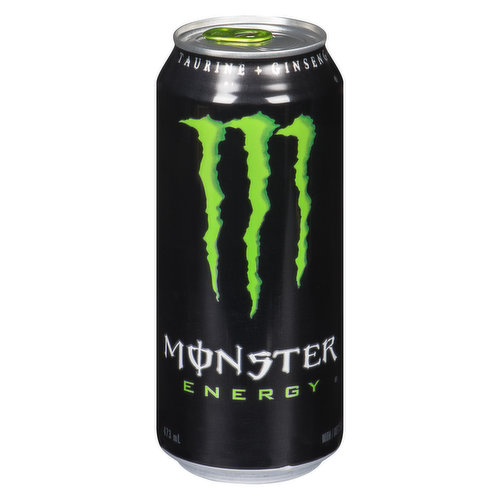


The caffeine, aspartame and sugar concentrations ranged from 1.11 mg/L – 2487.13 mg/L, 6.51 mg/L – 1491.19 mg/L, and 16.98 – 1686.73 mg/L respectively. Cadmium was not detected in all energy drinks except for sample EJ which had a concentration of 0.102 ± 0.0003 mg/L and exceeded the MCL of 0.005 mg/L. The concentration of copper and manganese were below the MCL of 1.0 mg/L and 0.05 mg/L respectively while lead had a concentration above the MCL of 0.01 mg/L. Energy drinks analyzed all fell within the FDA recommended range for the physicochemical properties analyzed. Results showed that the physicochemical properties (i.e. All samples were analyzed for their physicochemical properties (pH, turbidity, conductivity and total dissolved solids), trace and heavy metals, aspartame, sugar and caffeine contents. Fourteen (14) brands of energy drinks samples consisting eleven (11) liquid and three (3) powdered forms were randomly purchased. This research work examined and compares the physicochemical properties and some chemical constituents of selected energy drinks.


 0 kommentar(er)
0 kommentar(er)
